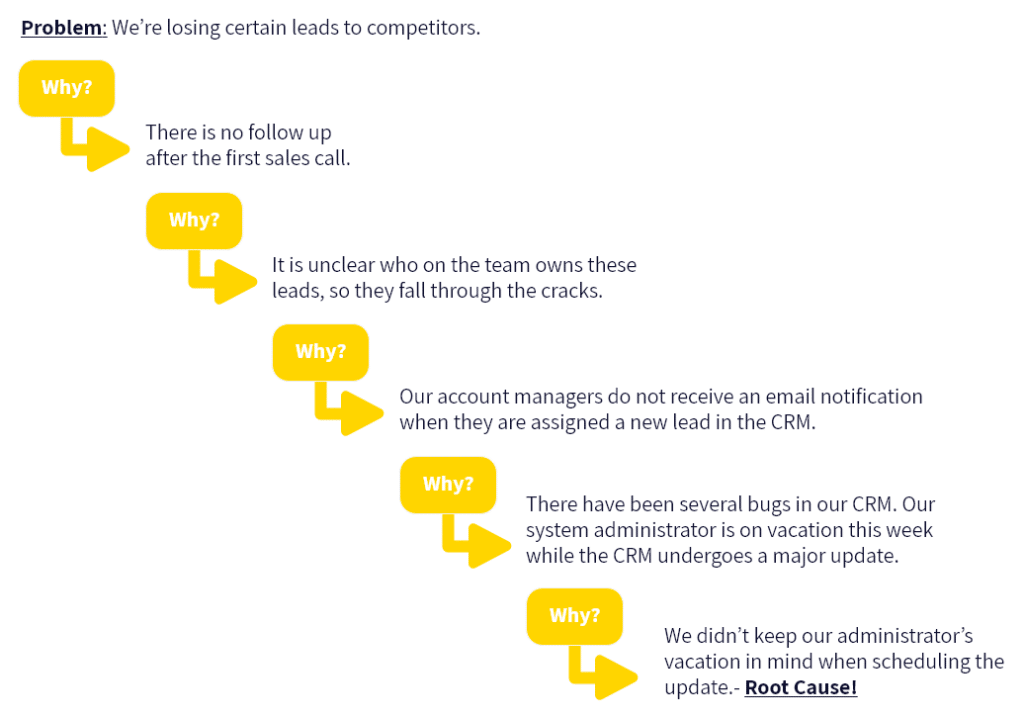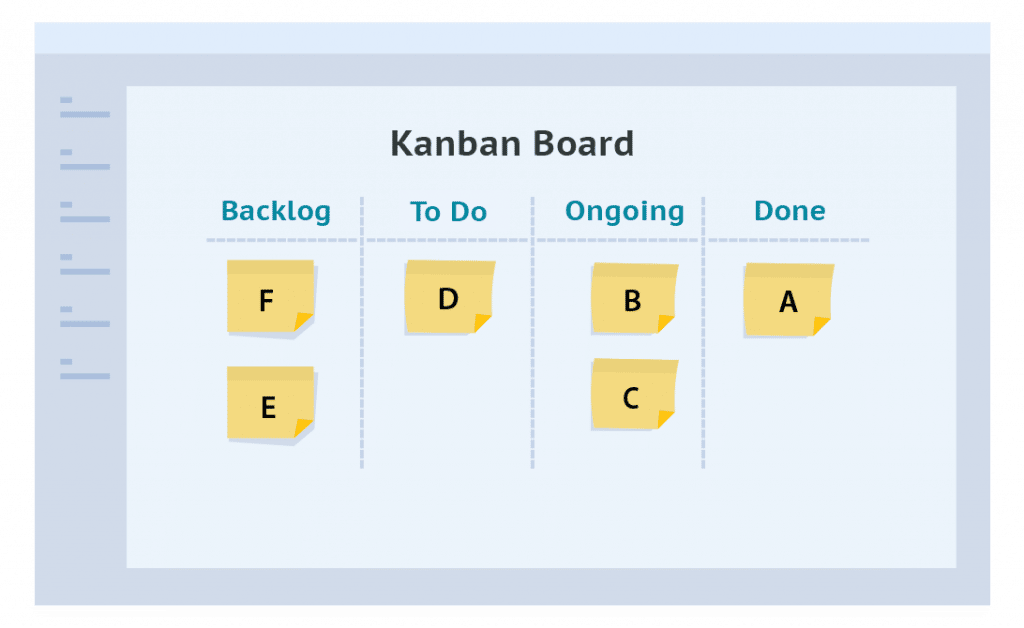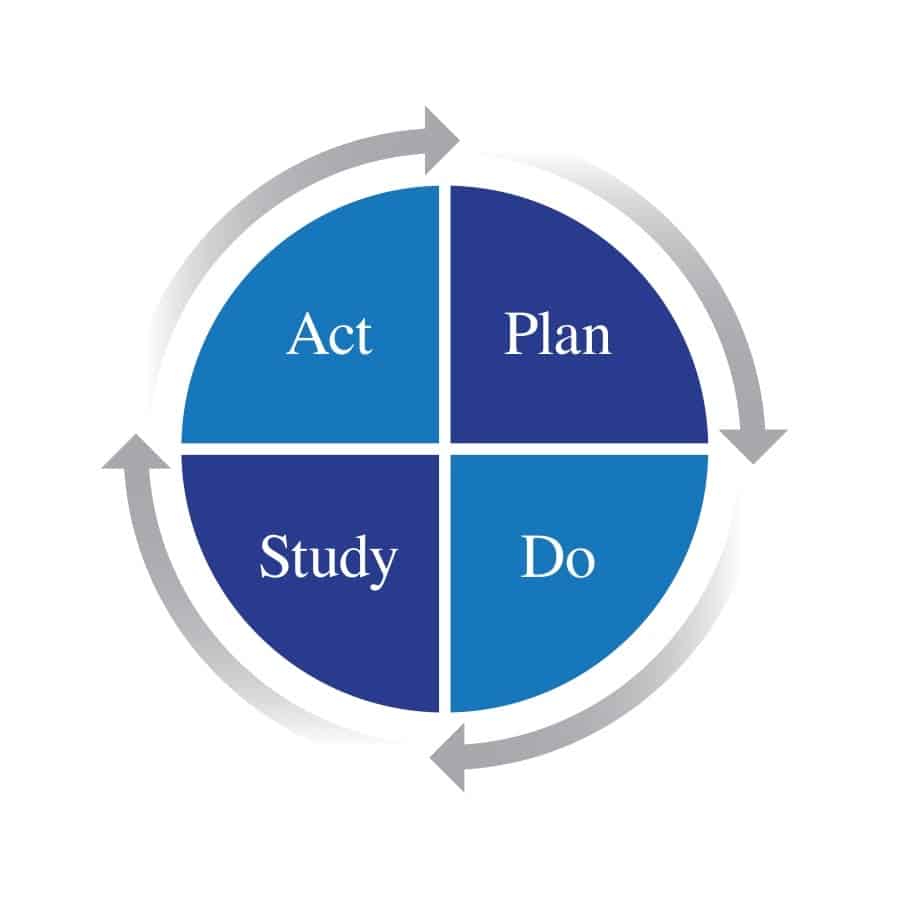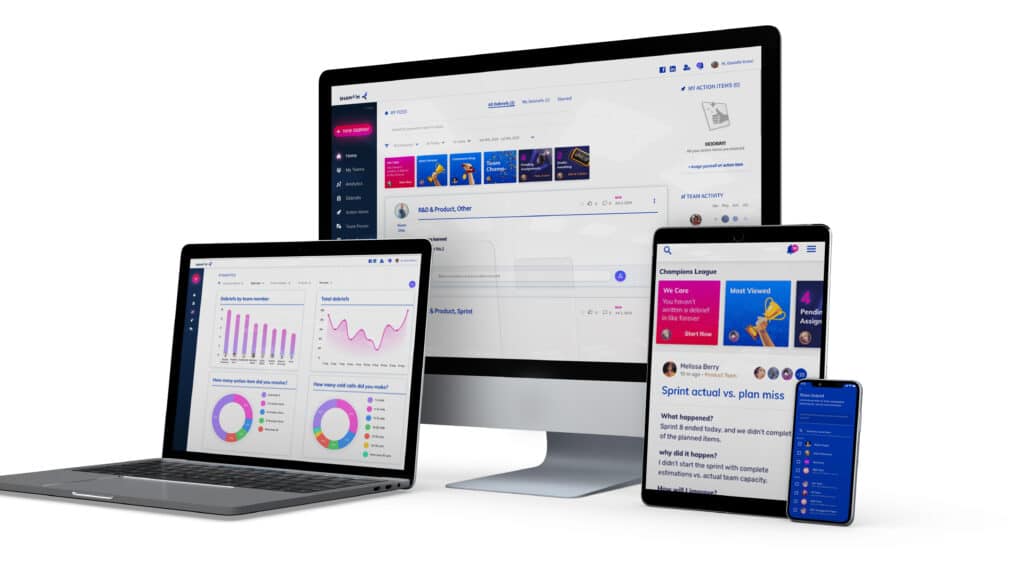We’ve gathered the most effective improvement tools your team can use to implement continuos improvement initiatives. While each has its advantages, all can be amplified with an improvement acceleration platform.
Why Practice Continuous Improvement?
Continuous improvement initiatives aim to fine-tune processes with the goal of improved results. They can lead to competitive growth, improve organizational culture, build a more engaged workforce, improve productivity and quality, and increase ROI. At Shamaym, we think of continuous improvement as a process of sustained development that, with the right tools, can help any team and organization learn and grow.
But what are the right tools? There are many, and no single continuous improvement tool is one-size-fits-all. When choosing which to implement we need to consider the unique characteristics of our team, and whether our main challenge lies in identifying the problem, implementing a solution, or both.
We’ve gathered some of the top continuous improvement tools here. In our humble opinion, though, the best thing you can do to improve and learn as an organization is to embed continuous improvement into your existing workflow (keep reading to find out how!).
Continuous improvement tools to identify problems
These tools don’t necessarily help us solve a problem or implement a new process. But they play an important role in helping us get to the heart of an issue and identify the right opportunities for process improvement.
1. Value Stream Mapping
Value stream mapping helps organizations focus on structuring business processes around customer needs, efficiency, and waste reduction. It is a process visualization tool that links and orders each action that must happen to produce a product or service for the customer. By visualizing and mapping the flow of actions and information from start to finish, organizations can identify pieces of the process that do not add value to the end product, be they activities, personnel, or outcomes.
Value stream mapping is beneficial in understanding the entire scope of a business process, and how different pieces relate to each other. It provides us with a clear picture of where things stand, and establishes a baseline upon which we can improve.
2. Root Cause Analysis
When we encounter a problem at work or in life, we know the best course of action for long-term results is to treat the source of the problem, rather than its symptoms. We can use Root Cause Analysis to determine the source, to make sure that before we propose solutions to a problem, we are addressing the problem we actually want to address.
Using Root Cause Analysis is simple. It involves brainstorming the potential causes of a problem, choosing which one to focus on, and then peeling back the layers to reach the source. We can divide this process into three phases:
- Open Phase. Brainstorm all the potential causes. The folks at Mindtools classify causes into three types: physical, human, and organizational. It can be helpful to organize the products of the brainstorm into these categories.
- Narrow Phase. Eliminate causes that seem insignificant, discuss the remaining causes in depth to determine their significance.
- Closed Phase. Ideally, in this phase the team reaches consensus about which cause to focus on. Even more ideally, consensus is reached as a result of examining each remaining root cause using evidence and data.
3. 5 Whys
A tool to help us conduct Root Cause Analysis, and an important part of lean manufacturing, six sigma, and kaizen, the 5 Why’s encourage us to think critically and solve problems effectively. We use the 5 Why’s by asking “why” at the end of each problem statement or cause. A sales team might use this tool as follows:

Continuous improvement tools to identify solutions
The following tools are best used when the problem or area that we want to improve upon has already been clearly defined.
4. Kanban
Kanban helps to visualize and manage the workflow of manufacturing and knowledge workers around the globe. It originated on Toyota’s production floor as a box containing a kanban card, which moved across company workstations and signaled the need for additional production based on actuals, to limit waste. In knowledge work, kanban comes to life as a physical or digital task management board, ensuring that work is distributed evenly between teams, and that each team is working on what is actually needed, to use resources maximally.

Source: Digite
Regardless of how a kanban board looks, and whether it is physical or digital, it rests on the following principles:
- Visualize the workflow
- Limit in-progress workflow to a realistic and reasonable amount
- Continuously move projects from one phase to another
- Continuously improve
Kanban can be beneficial to any industry where work moves from one stage to another.
End-to-end continuous improvement tools
When needs span identifying the problem or area for improvement, conjuring up the best possible solution, and implementing it, these methods offer the best bang for your buck.
5. PDSA
The PDSA cycle, also called the Deming Cycle after its creator, W. Edwards Deming, brings the scientific method to the business world. It offers a framework to methodically test theories about what works (and what doesn’t) so that they can be improved from a place of knowledge and fact, not conjecture, and so those improvements become standard. It is practiced like this:
- Plan: Identify an area that needs improvement, set targets, and plan who will be involved in implementing the improvement.
- Do: Put on your scientist hat and conduct the experiment, meaning – implement the planned change.
- Study: Observe the outcome. How does the outcome compare to the baseline condition you were trying to improve? Did it produce additional undesired results?
- Act: If the change led to the desired outcome without undesired effects, standardize the new process, setting targets for your next improvement.

Source: The Deming Institute
A wide variety of environments, departments, and roles will find PDSA helpful, because it is simple to implement on a small or large scale. It empowers employees to test ideas, and is an easy to understand process.
6. DMAIC
Originating from the six sigma continuous improvement methodology, DMAIC is a tool that relies heavily on statistics and the scientific method to ensure that improvements are measurable and scalable. It includes five phases:
- Define: Select high-impact opportunities for improvement. What are the success metrics? Who will be involved, and what activities will be carried out?
- Measure: Document existing processes to establish a baseline, gathering data to support your observations and assumptions.
- Analyze: Drill down to the root cause of the issue and develop an improvement plan.
- Improve: Implement the changes, communicating them and their expected benefits to all stakeholders.
- Control: Develop the monitoring processes and procedures to ensure that the solution remains successful in the long term.
DMAIC is similar to another tool called DRIVE – define the problem, review the current situation and select sub-areas that need improvement, identify potential solutions and evaluate the types of changes required to sustain them, verify whether the suggested solutions meet the defined problem, and execute the improvement.
7. Collaborative Real-Time Improvement Platform
We’ve outlined a set of powerful tools that can bring about tangible improvements in a broad spectrum of organizations across industries. But too often, they fall on the shoulders of a few over-extended leaders, and require teams to step away from their workflow and conduct a time-consuming process that is difficult to translate into actionable change. And too often, employees view improvement processes as a burdensome waste of time.
If we want to use continuous improvement tools to produce actionable improvements on the ground, they need to be integrated into existing workflows, amplifying rather than disrupting existing learning and improvement processes.
We built the Shamaym Platform to embed the most effective continuous improvement tools and methodologies into existing workflows. The Platform allows organizations to grow without stepping away from daily work, and instead by learning from it on an ongoing basis.

The Shamaym Platform
The case for a continuous improvement platform
We hope this list is helpful to anyone seeking to implement continuous improvement processes. Each tool may benefit a different business environment and serve unique needs.
But to improve in the long term, the kind of improvements that help teams and organizations jump to the next level in their growth, continuous improvement needs to become part of the team’s DNA, a tool that teams use daily to capture learning, share it, and iterate fast. We developed the Shamaym Platform for that purpose, and we would love to implement it in your team.

